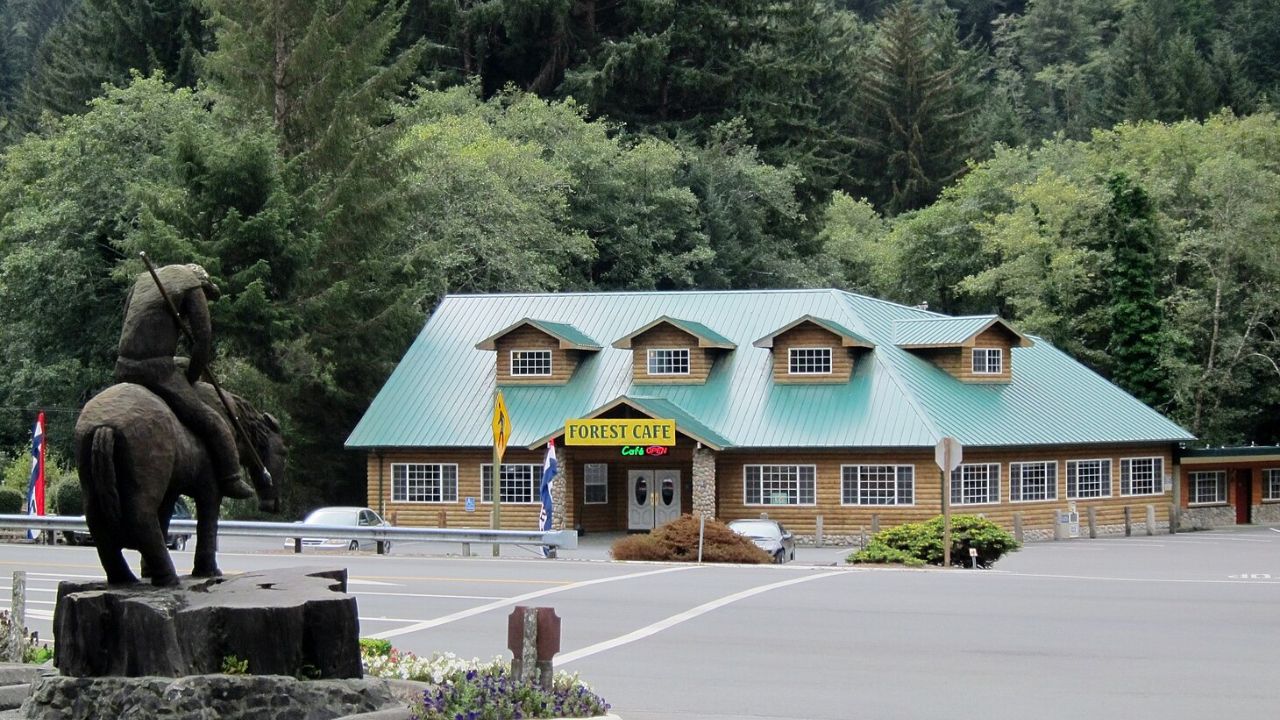Northwest California hides real seclusion in Del Norte, Humboldt, Trinity, Mendocino, and Siskiyou Counties. Picture redwood tunnels, river canyons, and curvy two-lanes that drop you into tiny communities with oversized scenery. Using the reference list, here are 15 remote towns teens can map, with quick notes on how to reach them, why they stay quiet, and what makes each special. It is coastlines without crowds, lakes without marinas, and forests where the loudest sound is wind in the trees. Pack patience, snacks, and a charged phone, then let the mountains slow your plans and reset your mood.
1. Shelter Cove
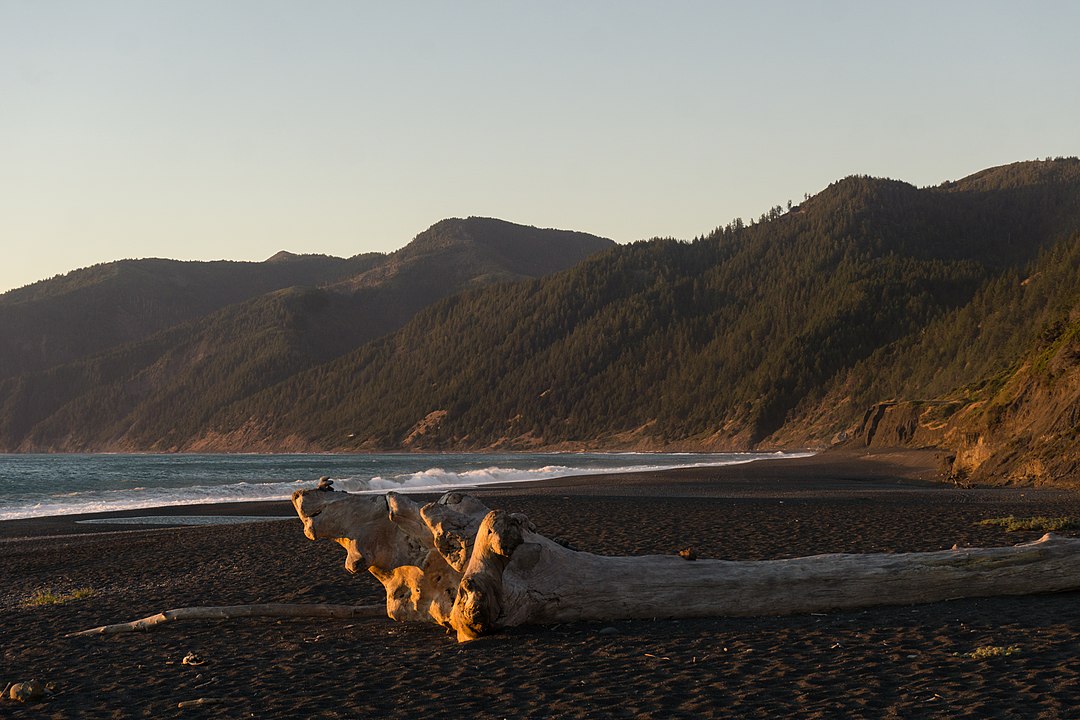
Perched at the end of a winding mountain road, Shelter Cove sits above black sand coves on California’s Lost Coast. With whale watching, tide pools, and the rugged Lost Coast Trail, services are limited, stars are bright, and surf is the daily soundtrack. Teens craving quiet will find beaches without boardwalks, cliffside views, and fog-laced mornings. The isolation protects what makes it special, keeping crowds away and the coastline almost untouched. Drive slowly, carry layers, and respect posted closures, since weather and landslides can change plans without much warning.
2. Gasquet
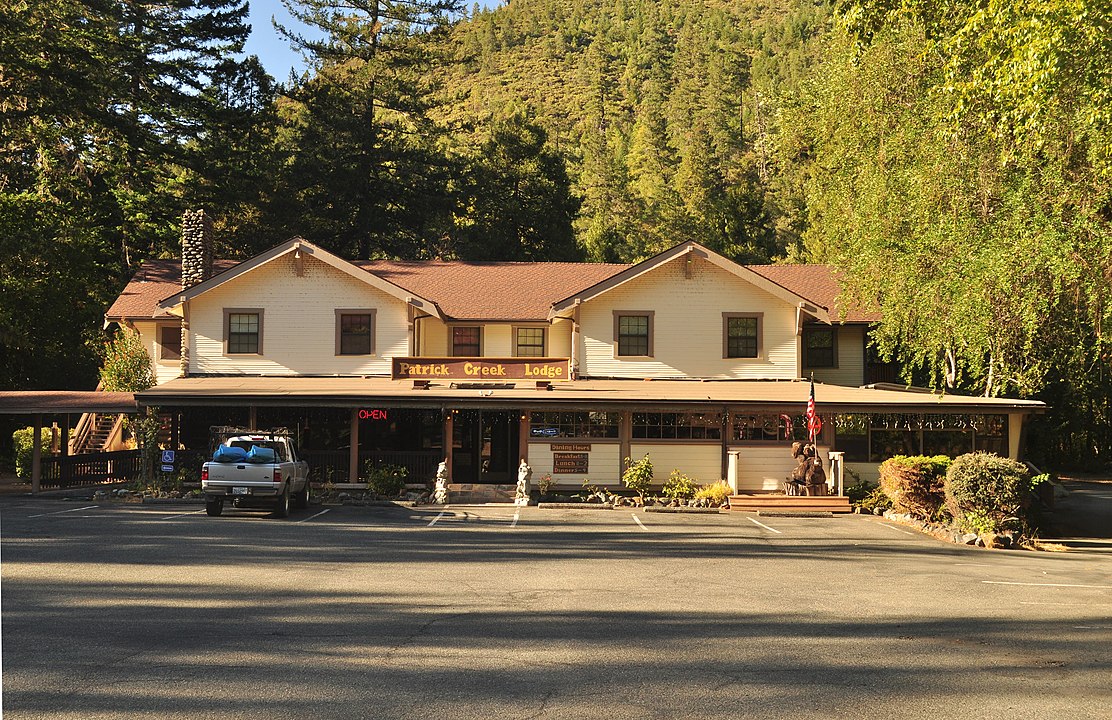
On the emerald Smith River, Gasquet sits inside the Smith River National Recreation Area, where clear pools, smooth boulders, and old-growth forests crowd the banks. Kayakers, swimmers, and hikers treat the river like a summer lifeline. The town is tiny, nights are pitch dark, and cell bars fade fast. Teens can learn river safety, respect cold currents, and check flow levels before jumping in. What you get in return is quiet water and endless sky, plus trails that smell like bay laurel. Pack sturdy sandals for slick rocks, and leave no trace so the water stays as clear as it looks in photos.
3. Orleans
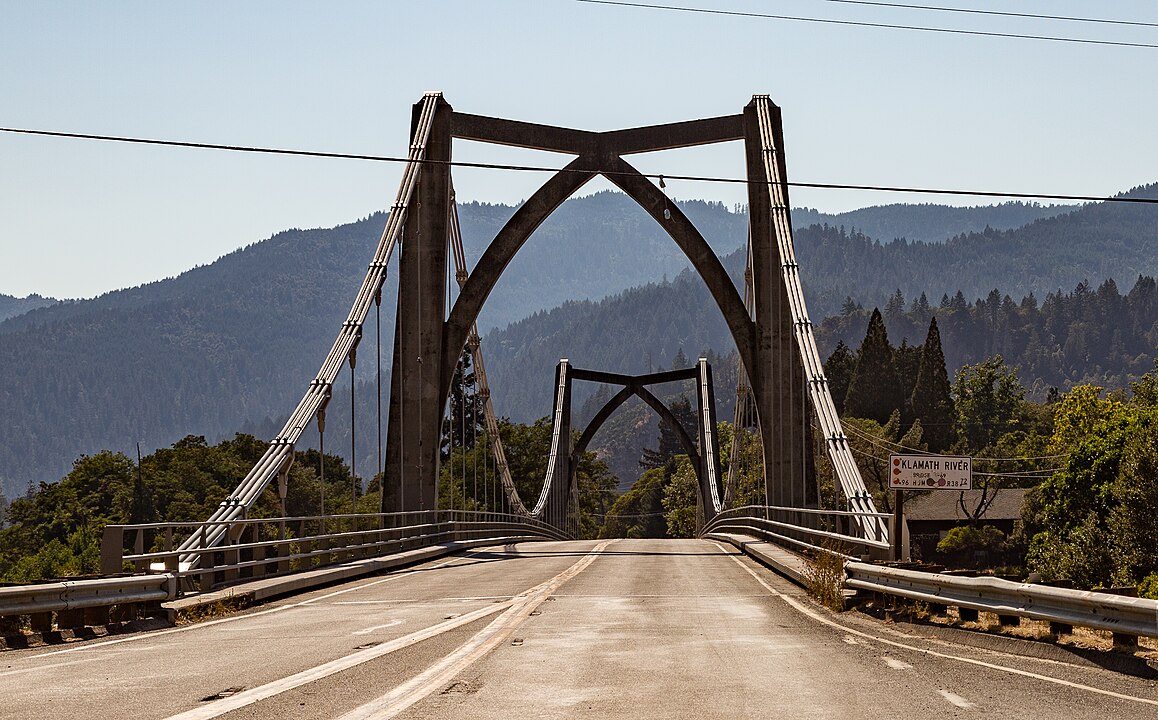
Orleans rests along the Klamath River within Six Rivers National Forest, where the pace matches the current: steady and quiet. The Karuk Tribe’s cultural presence is strong, and community events follow river seasons. State Route 96 is gorgeous and remote, which explains the quiet. Teens can fish for steelhead, scan for osprey, and learn fire-safe living. With no malls or noise, Orleans rewards patience with canyon views, starry nights, and mornings that smell like woodsmoke. Bring cash and a full tank, since services are limited and distances between towns feel larger than on a map.
4. Covelo
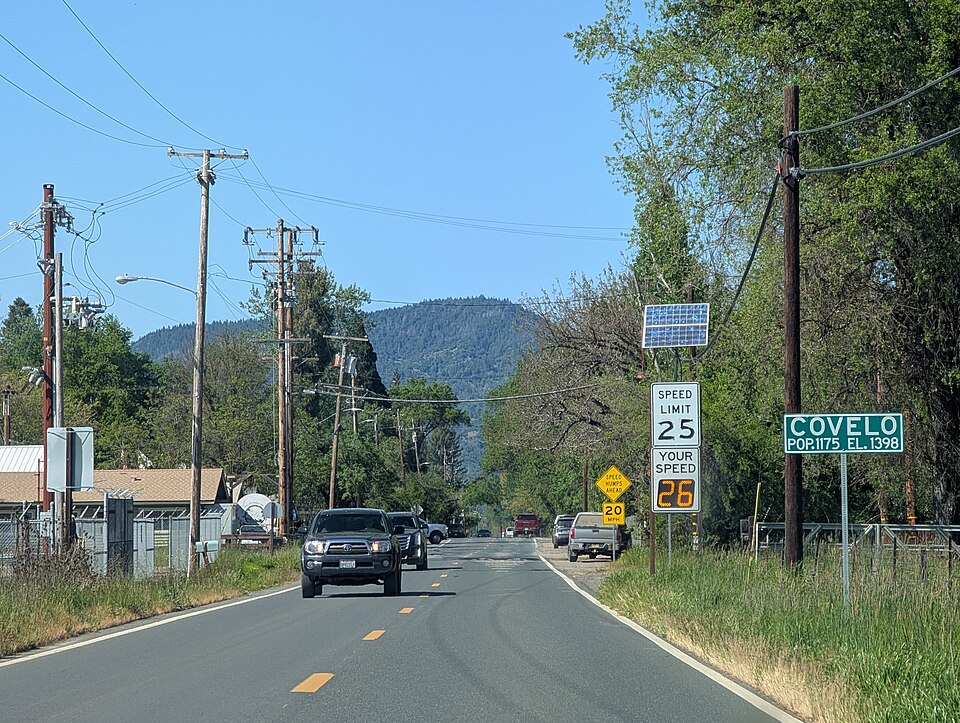
Set in Round Valley, Covelo mixes ranch country with quick access to Mendocino National Forest. State Route 162 ends here, so traffic does too, leaving a town ringed by hills and working fields. Heritage runs deep, from Native history to rodeo weekends, and summer air smells like cut hay. Teens can hike ridgelines, map backroads, and see how remote towns rely on shared effort. The quiet makes sunsets feel oversized, and stars arrive early. Bring water, a paper map, and patience for slow curves. Services thin out fast beyond town, which keeps the valley calm and unhurried.
5. Hyampom
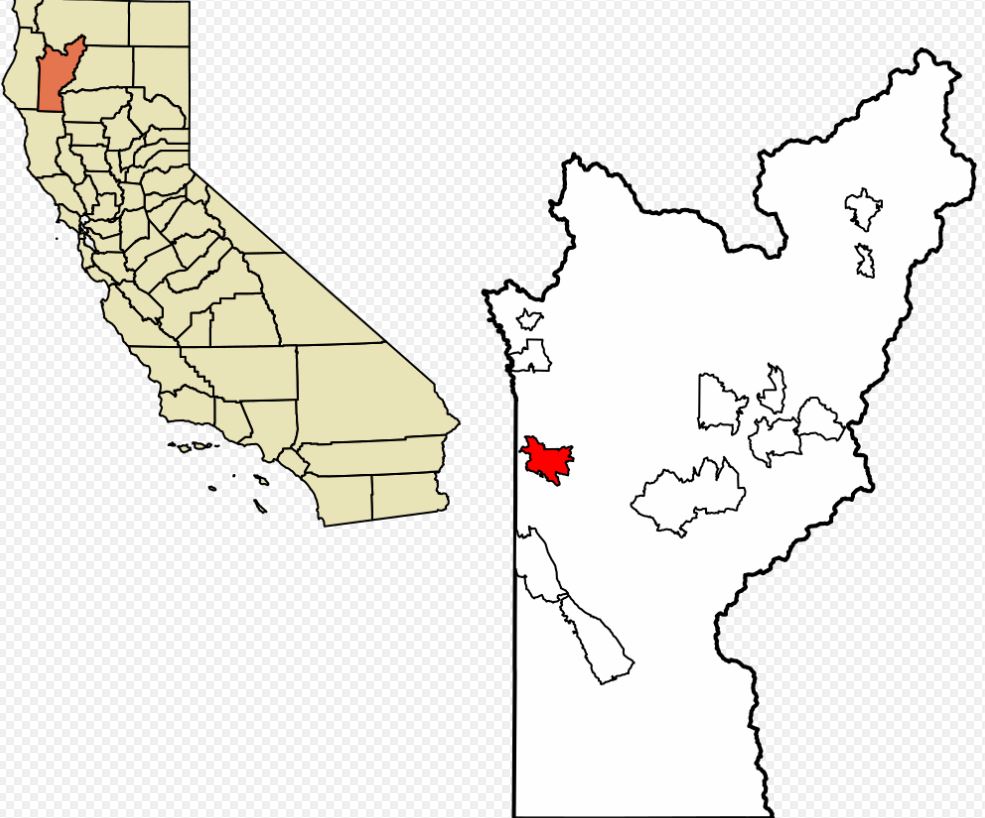
Hyampom tucks into a green fold beside the South Fork Trinity River, where cedar shade, swimming holes, and gravel bars shape long summer days. The road in is narrow and curvy, which keeps the pace mellow and the crowds light. A tiny store, scattered cabins, and garden plots define the map. Teens can practice leave-no-trace habits, carry river shoes, and respect private land. Evenings bring crickets, bright stars, and the steady hush of moving water. In spring, the river runs colder and faster, so plan carefully. By late summer, pools warm up, and trails dust your boots.
6. Leggett
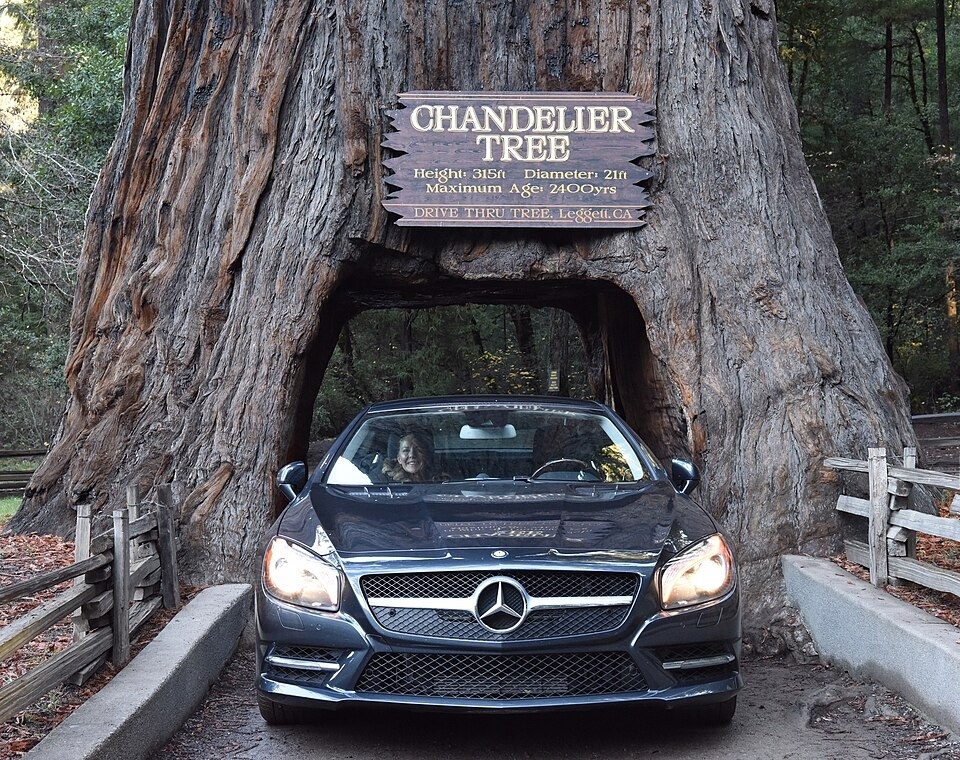
Leggett is tiny in headcount but huge in trees, with redwood groves that swallow road noise and time. Many stop for the drive-through tree, then discover fern canyons, shaded campgrounds, and quiet trails. Highway 1 begins here, twisting toward the ocean, while 101 cuts past lumber history. Teens can spot nurse logs, count rings, and learn how fog feeds these forests. The remoteness is more than distance; it is living under a green roof. Expect weak cell service and cool air even in summer. Pack layers, respect closures, and avoid trampling roots near massive trunks and creeks.
7. Happy Camp
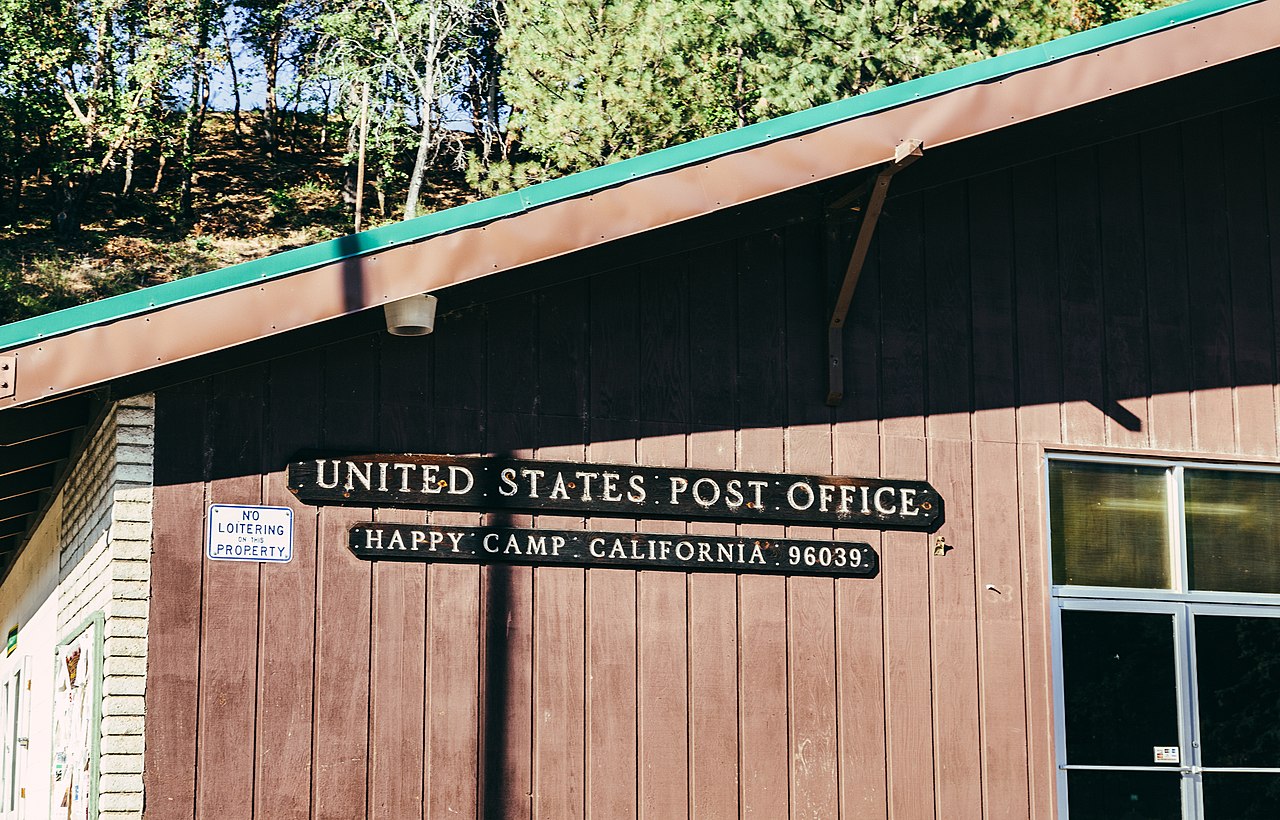
Deep in Klamath National Forest, Happy Camp sits where the river bends and mountains stack into blue horizons. It blends mining stories, Native heritage, and outdoor life, and it feels far from everywhere for a reason. State Route 96 links it back to the world in sweeping curves. Teens can try gold panning, learn basic river rescue, and watch salmon runs in season. With few distractions, long days and quiet nights rule. Bring extra fuel and water, since services are spaced far apart. Check fire and road reports, and download maps, since canyons make signals unreliable.
8. Willow Creek
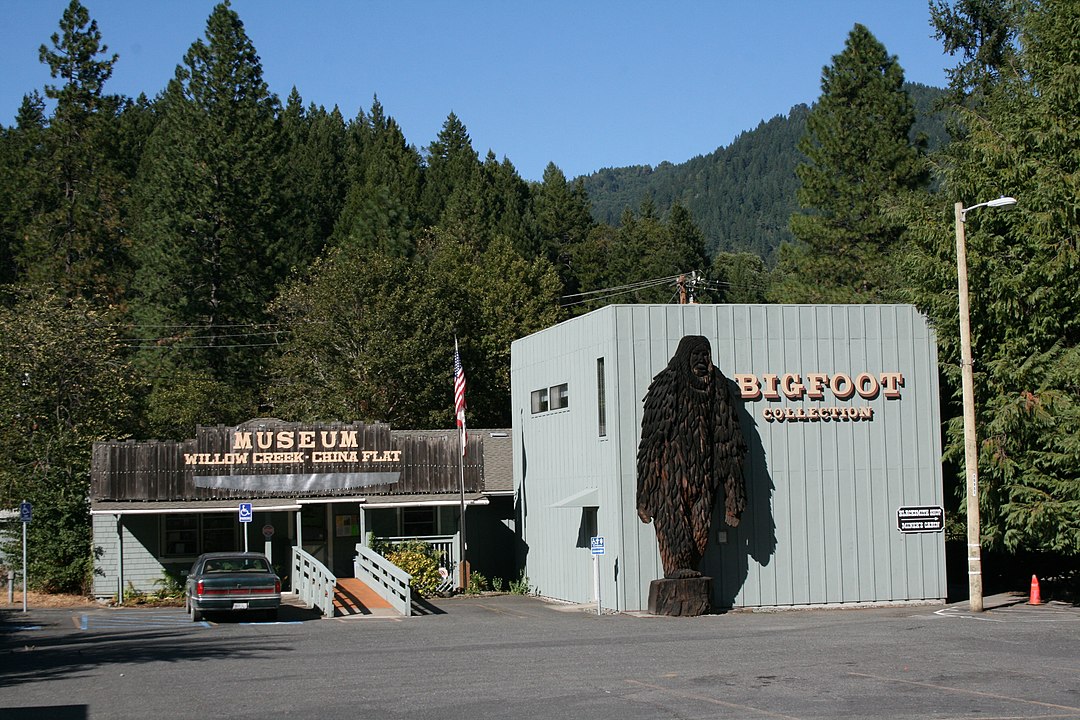
Willow Creek wears the Bigfoot nickname with a wink, but the real draw is river access, ridgelines, and hot summer afternoons. The museum nods to lore while rafters and anglers chase Trinity River cold water. Highway 299 winds in like a portal, making the town feel tucked-away despite its size. Teens can scout trailheads, raft with guides, and practice heat safety. Evenings cool fast, revealing stars between sharp silhouettes of timbered slopes, and mornings smell like chaparral and cedar. Plan shade breaks, carry water, and check releases for rafting flows so the day stays fun, not risky.
9. Hayfork
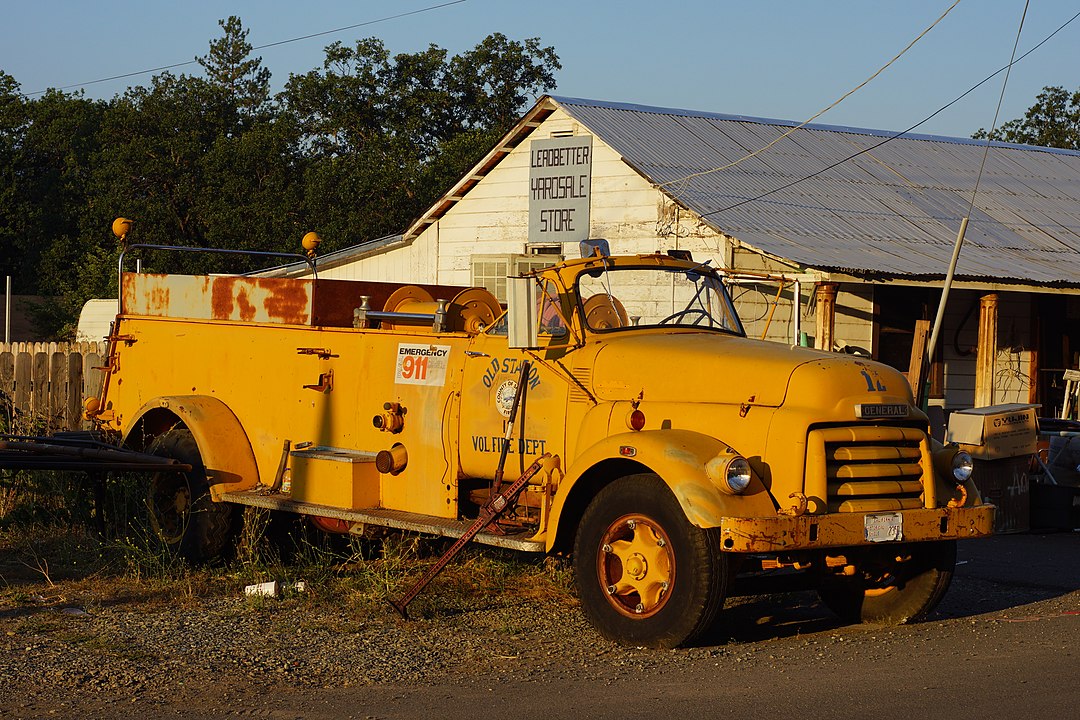
Hayfork spreads across a broad valley backed by Shasta-Trinity ridges, with ranch fences, fairgrounds, and a neighborly main street. Agriculture and timber shape the calendar, while trail networks and dirt backroads lead to quiet hills. Reaching town means time on Highways 3 and 299, far from any interstate rush. Teens can plan supply runs, learn simple vehicle checks, and map fire-safe routes. On clear nights, crickets and bright stars take over, and mornings bring meadow light and cool air. Expect spotty service, and bring a spare tire. The slow pace rewards patience with true quiet.
10. Lewiston
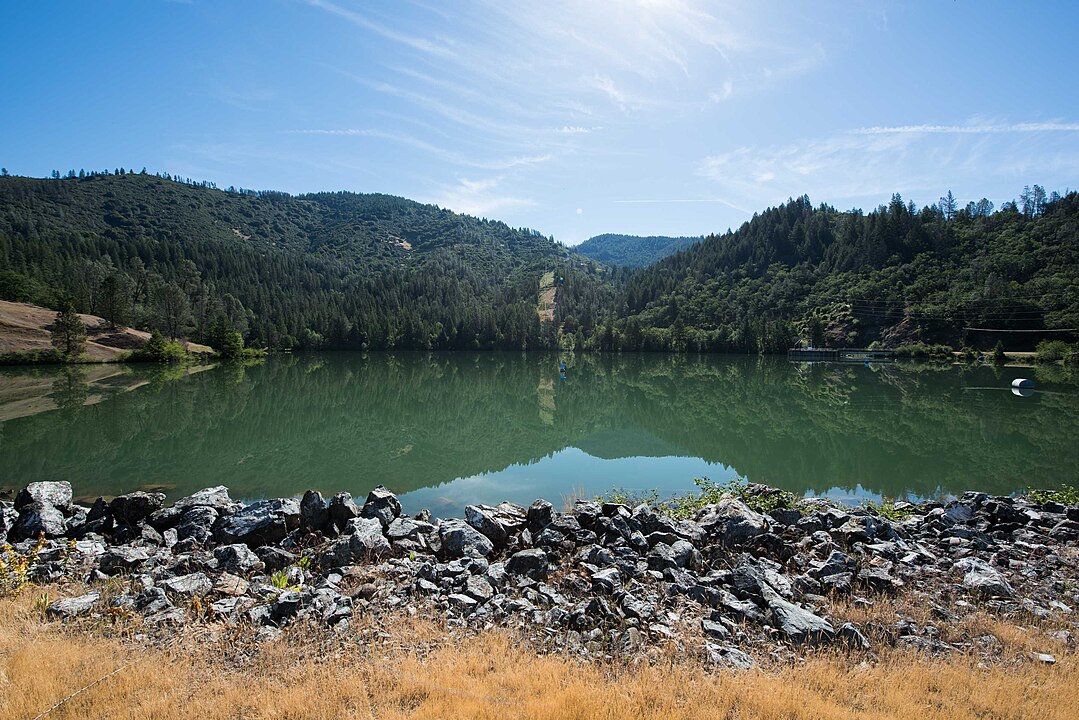
A Gold Rush era stop beside the Trinity River, Lewiston pairs historic storefronts with glassy Lewiston Lake and cold tailwater fisheries. Anglers prize the clarity, and hills dampen noise. The last miles off 299 twist through forest, filtering out casual traffic. Teens can practice catch-and-release, pack out trash, and check flows before launching. Weathered cabins and slow mornings make it feel like a time pocket where patience sets the schedule and river light runs the show. Winter brings cold fog, and late summer heat lingers, so layers and sun protection matter more than any trendy gear.
11. Whitethorn

Hidden in Humboldt’s coastal hills, Whitethorn sits near the King Range and the surf-roaring edge of the Lost Coast. Small farms, off-grid cabins, and fog-draped ridges define the view. Long, curvy roads keep it quiet, and ocean weather changes by the hour. Teens can practice safe coastal hiking, watch for sneaker waves, and dress in layers. With no theme park crowds, the reward is solitude, damp redwood air, and elk that sometimes move through roadside meadows when evenings turn still and traffic thins to nothing; slides and closures sometimes reroute days.
12. Crescent City
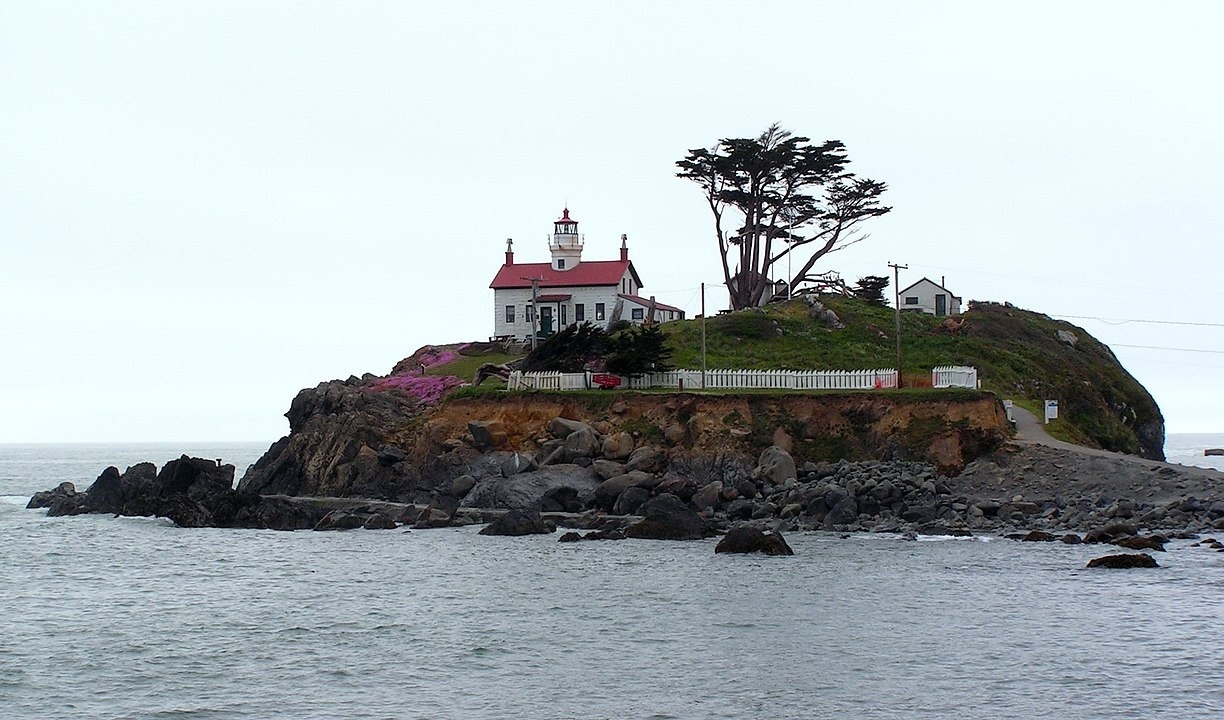
At California’s far-north harbor, Crescent City feels remote thanks to surrounding redwoods and a rugged, storm-shaped shoreline. Lighthouses, tide pools, and nearby redwood groves set the mood. U.S. 101 reaches it, but the drive bends through trunks and cliffs. Teens can learn tide charts, lighthouse history, and how marine layers chill summer afternoons. When winter swells arrive, waves hammer the breakwater and town listens to the Pacific. It is a gateway that still feels wild at the edge of the map. Bring rain gear, follow posted warnings, and never turn your back on fast-changing surf.
13. Zenia
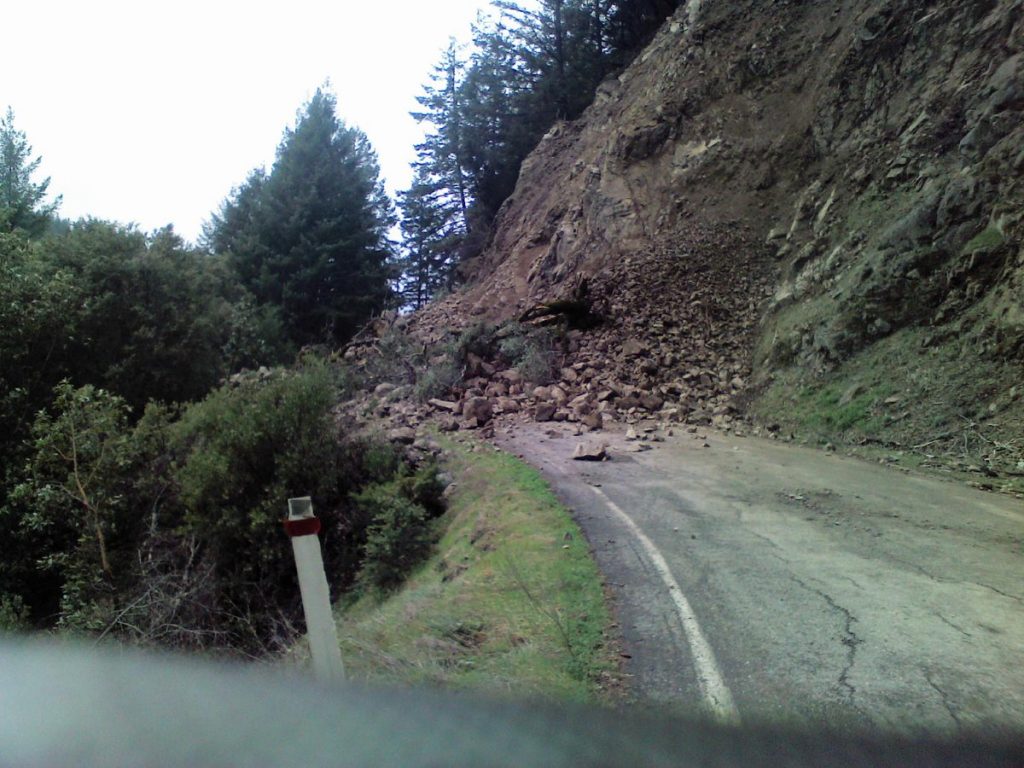
Zenia barely appears on maps, a scatter of homesteads and ranch gates across Trinity highlands. There is no gas station, little cell signal, and plenty of sky. Roads are narrow and slow, so birdsong often outnumbers engines. Teens can plan routes offline, carry extra water, and respect gated private lands. The appeal is pure quiet and starry nights you only get far from cities. If you crave solitude and space, Zenia gives both. Expect long gaps between services and watch for livestock on open range. Drivers should brake early on gravel, and keep headlights clean in dust.
14. Kettenpom
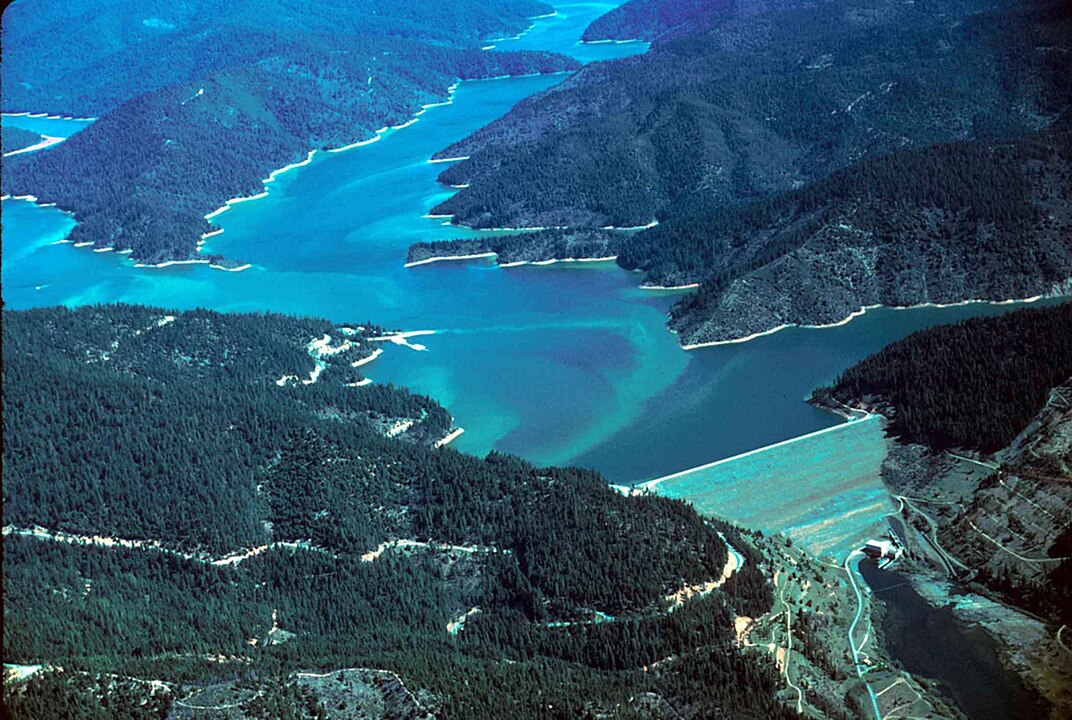
Kettenpom feels like a secret clearing, with cabins tucked among pines and meadows that glow at sunset. There is no tidy downtown, just long driveways, stacked firewood, and people who prize self-reliance. Solar panels, rain barrels, and satellite internet hint how distance shapes life. Teens can learn off-grid basics, from charging habits to safe generator use. The payoff for isolation is sky, stillness, and the freedom to hear wind cross the grass. Roads can be rough after storms, so check conditions. On clear nights, stars crowd the sky.
15. Somes Bar
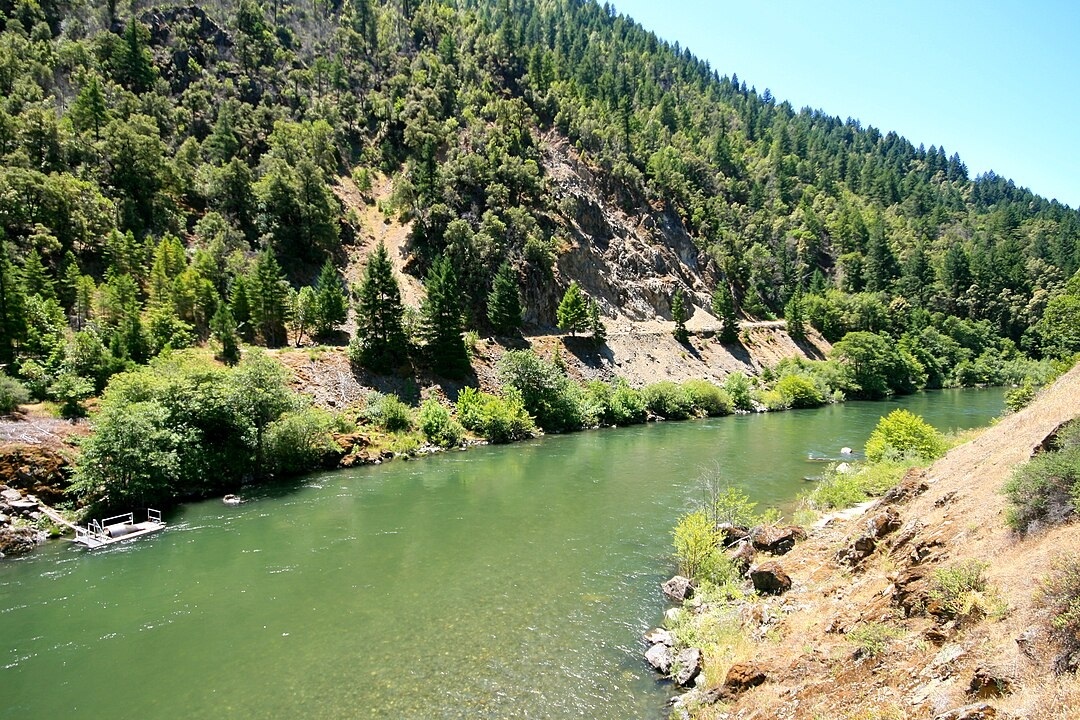
Somes Bar sits where the Salmon meets the Klamath, a green bowl of water and rock guarded by steep, forested walls. With river levels setting the schedule, days revolve around fishing, rafting, and shade. Route 96 keeps it quiet by staying narrow and beautiful. Teens can learn swift-water respect, check fire closures, and look for eagles along the canyon. It rewards patience, because the loudest thing might be a riffle over polished stone and the soft rush of wind in tall firs. Bring sun protection for mid-day heat, and carry dry bags for phones.
